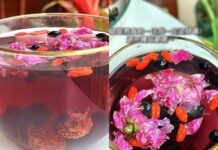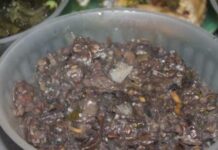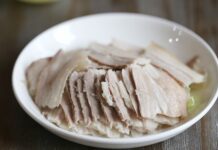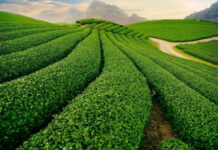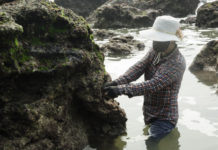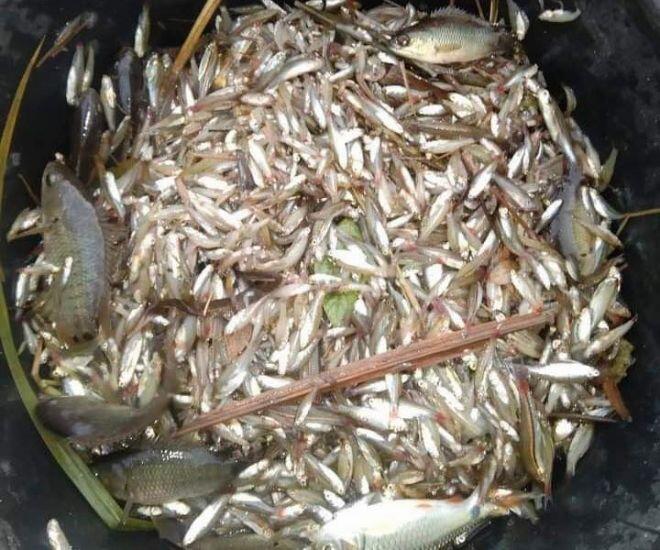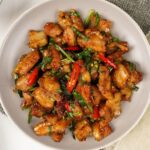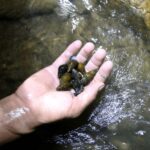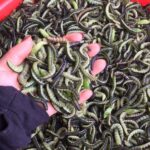
In the Mekong Delta provinces, especially in An Giang, when the floodwaters rise, locals catch a plethora of shrimp and fish. The larger, fresher fish are typically sold in the market to city dwellers. The smaller fish, such as mosquitofish, ricefield fish, snakehead fish, and climbing perch, are gathered and cooked into a dish collectively known as “mixed fish.”
To clarify, “mixed fish” is not the specific name of any particular species of fish. It is a collective and imaginative term used to describe the assortment of small, “miscellaneous” fish that nature bestows upon the people of the Mekong Delta. This includes species such as ricefield fish, mosquitofish, climbing perch fry, snakehead fish fry, and even orphaned catfish. During the abundant fishing season, these mixed fish are often neglected and left unsold due to their low economic value.
Hence, the name “mixed fish” conveys a rustic, humble, and even “ugly” connotation to many. Jokingly, mixed fish is considered a dish for the “less fortunate.” The Mekong Delta is blessed with fertile land and abundant waterways, allowing fishermen to easily catch larger fish with higher economic value. Many families have prospered through this trade. However, alongside these fortunate souls, there remain countless destitute individuals—fishermen and farmers who toil tirelessly yet barely make ends meet. To them, mixed fish is an important source of sustenance, supporting their families through the flood season.
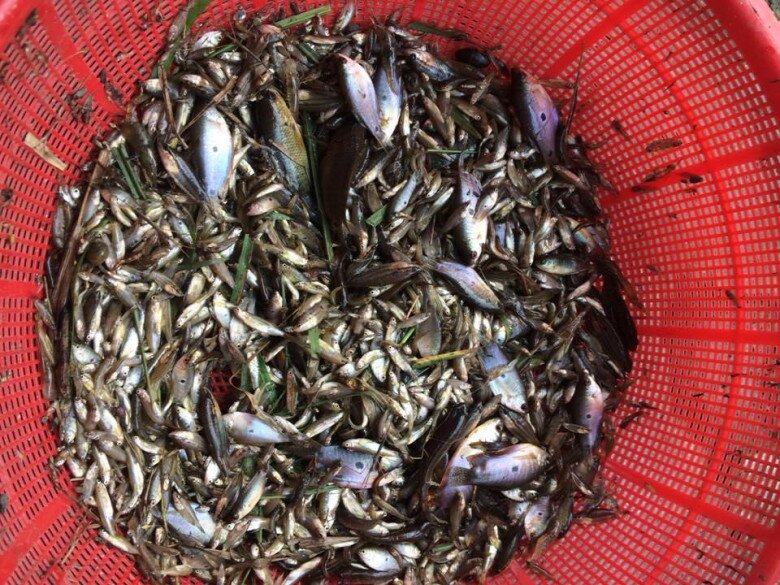
To catch mixed fish, locals employ simple yet effective methods. The most popular technique involves setting dense nets or dragging nets through the water. Sometimes, for added convenience, people use mosquito nets stretched across the canal, taking advantage of the current to funnel the fish into the net.
The village children of yesteryear fondly recall helping their neighbors drain canals, ponds, and fish traps, asking for small fish to take home for their mothers to cook with pepper. For these impoverished children, a meal of mixed fish cooked with pepper was a source of happiness, a welcome change from the usual plain rice, soy sauce, and boiled vegetables.
Upon returning home with the fish, the mother would meticulously pick out debris and clean the fish with water. To ensure hygiene and reduce the fishy smell, a pinch of salt would be added during the rinsing process, followed by draining the water. Given the challenging living conditions of the past, small fish were not valued in the market, so utilizing them for food was inevitable. Larger fish were sold, while the smaller ones were kept for cooking. Despite their size, these fish imparted a rich and enticing flavor when used in sour soup or cooked with pepper.
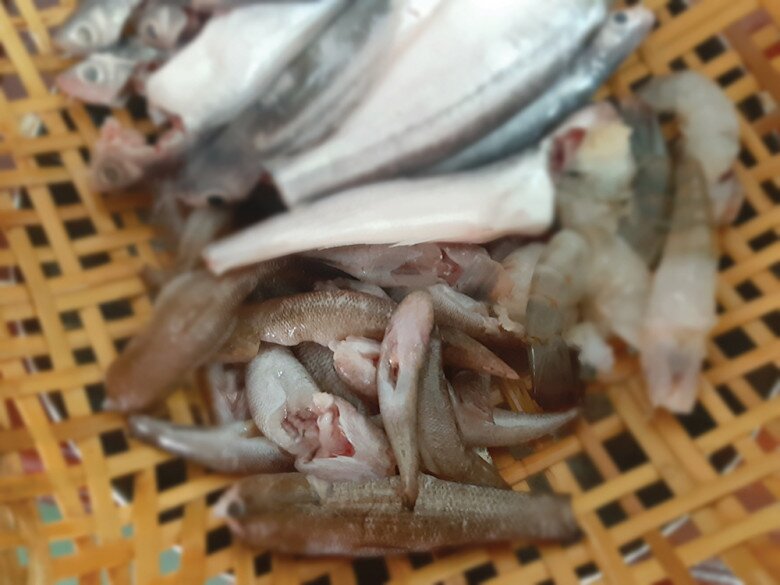
With mixed fish, the people of the Mekong Delta can create a variety of delicious dishes, but the most popular and beloved remains mixed fish cooked with pepper. This dish is not only a daily meal but also symbolizes the ingenuity and thriftiness of the locals.
When purchasing mixed fish, the batch sometimes includes fresh shrimp such as mung shrimp and silver shrimp. After cleaning the fish, the shrimp are beheaded, tailed, and left unpeeled. A tip for making the dish more flavorful and aromatic is to use a clay pot for cooking. The mixed fish are marinated with a bit of food coloring, good-quality fish sauce, MSG, fat, ground pepper, sliced chilies, and finely chopped spring onions.
Cooking mixed fish requires subtlety. The heat must be kept low to allow the fish to gradually absorb the flavors. Since the fish are small, they cook quickly. To complete the meal, it is best to serve the dish with slightly drier rice. Especially when cooked over a charcoal stove, the rice water can be used to pour over the mixed fish, creating an unparalleled flavor. The rice water adds a thick, creamy consistency to the dish. Depending on personal preference, the cook may add chopped spring onions or pork cracklings to enhance the flavor and aroma.
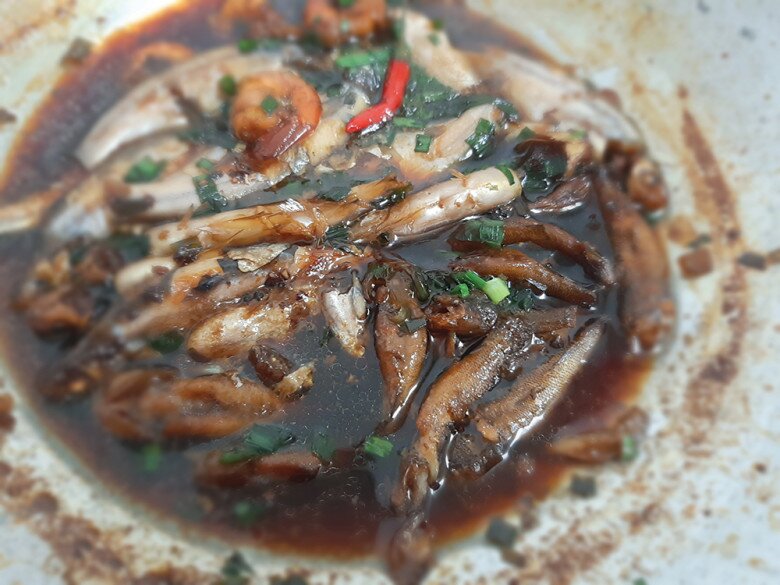
Mixed fish, once considered a humble dish, even a “poor man’s meal,” has now ascended to the status of a rare delicacy, accessible only to a select few. Occasionally, at rural markets, someone might sell mixed fish at a substantial price of around 100,000 VND/kg.
In recent years, mixed fish has gained popularity, attracting not only locals but also tourists. However, the quantity available for sale each day is limited, with only a handful of vendors offering it. As soon as it appears in the market, customers scramble to buy it all. This reflects the unique appeal of this rustic dish. Even those who have left their hometowns and now live in cities often ask their families in the countryside to buy and send them mixed fish. But acquiring it is no easy feat; one might have to go to the market very early or place an order a month in advance.
In An Giang’s restaurants and eateries, mixed fish cooked with pepper is also a favorite among tourists. The natural sweetness of the Mekong Delta’s waterways, blended with the spicy kick of pepper and chilies, and infused with the aroma of spring onions and garlic, all cooked in an earthy clay pot, creates a dish that rivals any gourmet delicacy.
For many children of the Mekong Delta, the memory of returning home from the fields with a growling stomach and being greeted by the tantalizing aroma of cooked fish is enough to make their mouths water. The sauce from the mixed fish dish is perfect for dipping unripe bananas, star fruit, and various garden vegetables, making a delicious companion to a bowl of rice.





